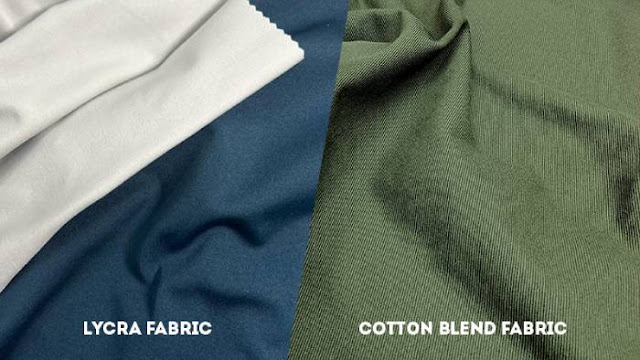Featured
- Get link
- X
- Other Apps
Tips for Using the Air Track Mat
Introduction

A. Briefly explain what an Air Track Mat is.
1. An Air Track Mat is an inflatable, cushioned surface
designed for gymnastics, tumbling, and other physical activities.
B. Mention the benefits of using an Air Track Mat for
various activities.
1. Provides a soft and safe landing surface.
2. Enhances balance and coordination.
3. Suitable for practicing flips, tricks, and acrobatics.
4. Can be used indoors or outdoors.
5. Easy to transport and store when deflated.
A. Briefly explain what an Air Track Mat is.
An Air Track Mat is an inflatable, cushioned gymnastics and
sports training mat.
Typically made of durable, airtight materials like PVC or
drop-stitch fabric.
It provides a soft, bouncy surface for various activities
such as tumbling, gymnastics, cheerleading, and martial arts.
The mat's air pressure can be adjusted to customize the
level of firmness or softness, making it versatile for different skill levels
and exercises.
B. Mention the benefits of using an Air Track Mat for
various activities.
Enhanced Safety:
a. Offers a forgiving and shock-absorbent surface, reducing
the risk of injury during high-impact activities.
b. Minimizes the impact on joints and bones, making it ideal
for gymnasts, cheerleaders, and acrobats.
Skill Improvement:
a. Provides a consistent and responsive surface for
practicing flips, spins, and other aerial maneuvers.
b. Helps athletes improve balance, coordination, and body
awareness.
c. Allows for repeated practice without the fear of hard
landings.
Versatility:
a. Suitable for a wide range of activities, including
gymnastics, cheerleading, martial arts, parkour, and yoga.
b. Can be used both indoors and outdoors, making it
adaptable to different training environments.
Portability and Convenience:
a. Inflatable design allows for easy transportation and
storage when deflated.
b. Quick setup and takedown make it accessible for training
at home or on the go.
Durability:
a. Constructed from robust materials, ensuring long-lasting
use.
b. Resistant to wear and tear, even during rigorous training
sessions.
Customization:
a. Adjustable air pressure lets users tailor the mat's
firmness to their preferences and skill level.
b. Different sizes and shapes are available to accommodate
various training needs.
Fun and Enjoyment:
a. Makes learning and practicing physical skills more
enjoyable, encouraging regular training.
b. Suitable for all ages and skill levels, promoting a love
for physical activity.
Use the included pump or recommended inflation device:
a. Ensure you have the appropriate pump or inflation device
provided with the Air Track Mat.
b. Follow the manufacturer's instructions for assembling and
connecting the pump.
c. Attach the pump nozzle securely to the mat's valve to
prevent air leaks.
d. Start inflating the mat, monitoring the pressure gauge or
recommended PSI (pounds per square inch).
e. Inflate the mat to the recommended pressure level for
your specific activity or skill level, as indicated in the manufacturer's
guidelines. Overinflating can lead to excessive firmness, while underinflating
may affect stability and safety.
f. Regularly check the mat's pressure during use and make
adjustments if necessary to maintain the desired firmness.
1. Use Velcro straps or anchors if provided.
Use Velcro straps or anchors if provided:
a. Check if your Air Track Mat comes with Velcro straps or
anchors designed to secure it in place.
b. If Velcro straps are included, position them on the edges
or corners of the mat.
c. Place the mat on the desired location, ensuring it's on a
flat and clean surface.
d. Attach the Velcro straps to any anchor points or
designated spots on the mat's surface, creating a secure connection.
e. If anchors are provided, insert them into the ground or
floor at the corners or sides of the mat.
f. Use the provided straps or clips to fasten the mat to the
anchors, ensuring it stays in place during use.
g. Double-check the mat's stability before starting any
activities, making sure it doesn't move or shift while in use.
h. If your mat doesn't come with these accessories, consider
using weights or heavy objects around the mat's perimeter to prevent movement.
- Get link
- X
- Other Apps
Popular Posts
Difference between Lycra and cotton Lycra
- Get link
- X
- Other Apps
